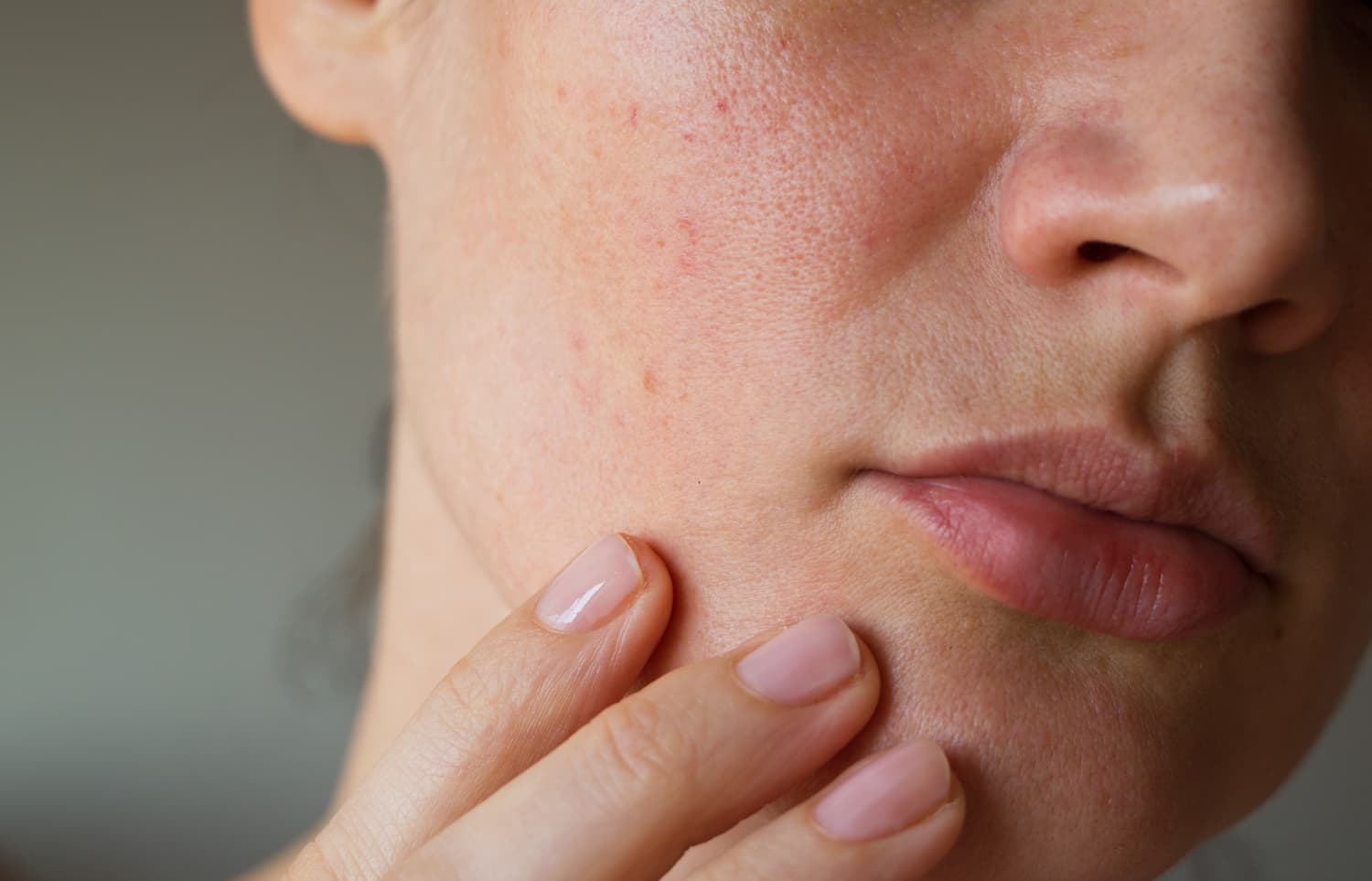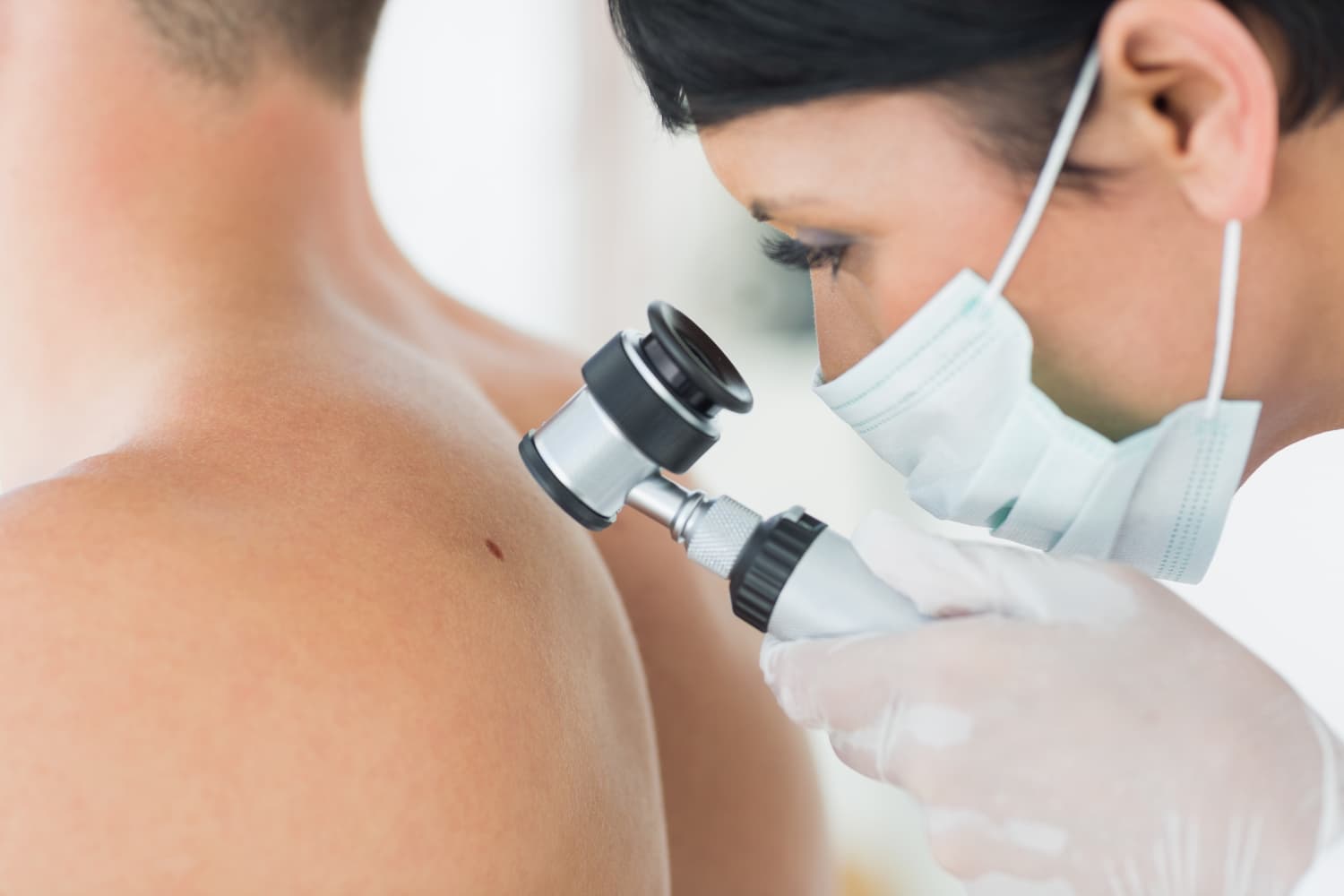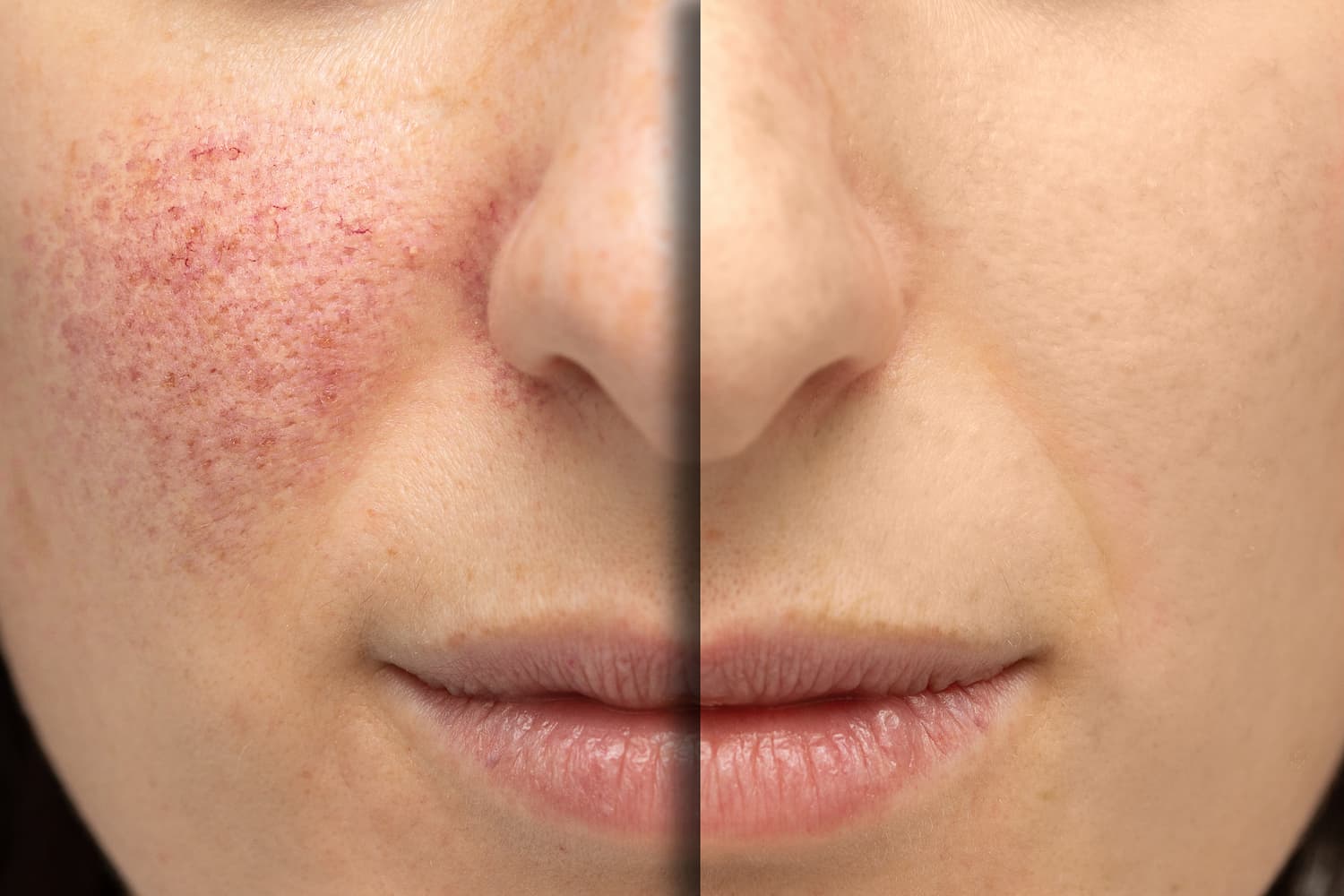With more than 300 days of sunshine each year, Valley of the Sun residents are exposed to UV rays more than most Americans. Test yourself on how sun-smart you really are:
Watch your exposure
True or false:
- The best time to avoid the sun is 10 a.m. to 4 p.m.
- The sun’s rays are stronger when you’re in or near water.
- People with blond hair are most at risk of skin cancer.
- My makeup has SPF, so I don’t need a separate sunscreen.
- The best sunscreen has a sun protection factor (SPF) of at least 15.
Answers:
True. The sun’s rays are strongest between 10 a.m. and 4 p.m.
True. The sun’s rays reflect off the water.
False. Natural redheads, regardless of skin tone, have a higher risk of skin cancer than brunettes. But remember, people with all colors of hair are at risk.
False. Although some makeup products may have SPF, it’s not a broad spectrum that protects from UVA and UVB rays.
False. SPF 15 blocks about 30 per-cent of UVB rays, while SPF 30 blocks about 97 percent. Be sure to check the label beyond the number. You want a broad-spectrum product that blocks both UVA and UVB rays.
What do you know about skin cancer?
True or false:
- Skin cancer is easy to spot.
- If diagnosed early, skin cancers can almost always be cured.
- The most common type of skin cancer is basal cell carcinoma.
- The most dangerous form of skin cancer is melanoma.
- People of color don’t need to worry about skin cancer.
Answers:
False. Skin cancers appear in many colors, shapes and sizes. The most important warning signs are a new spot, bump or growth on your skin or a spot that looks different from the others.
True. The most common types can be cured when they’re small and have not spread.
True. Ninety percent of skin cancer in the U.S. is basal cell carcinoma.
True. It’s the most serious and aggressive of the three main skin cancers.
False. All people are at risk of skin cancer. Although people of color may have a lower risk of developing skin cancer than Caucasians, they are often diagnosed at a more advanced stage, ac-cording to the American Academy of Dermatology.






